Mycoplasma, also known as PPLO- are the simplest prokaryotic cell.
Mycoplasma is a group of small parasitic bacteria that lacks cell walls and can survive without oxygen and generally resistant to antibiotics and can cause pneumonia and urinary tract infections in animals and humans.
Few common species of mycoplasma are:
Mycoplasma gallisepticum
Mycoplasma pneumoniae
Mycoplasma hominis
Mycoplasma geniculatum
Best safe and secure cloud storage with password protection
Get Envato Elements, Prime Video, Hotstar and Netflix For Free
Best Money Earning Website 100$ Day
#1 Top ranking article submission website
Good to know:
- PPLO stands for Pleuro pneumonia like organism.
- Parasite: those organisms lives on a biotic host (anothar organism) and derived nutrients from it are called parasite.
Discovery
Mycoplasmas are first discovered by Louis Pasteur in 1843 while he was studying the cusative agent pleuro-pneumonia in cattle. He designated this agent as PPLO.
But Pasteur could not isolate it in its culture or see under a microscope as it was too small. Later, Nocard and Roux in 1898 were successful in obtaining pure culture of this microorganism in media obtaining serum.
Distribution
Mycoplasmas are frequent contaminants in tissue culture rich in organic matter. They have also been found in hot water springs. They occur in soil, sewage water and they also occur in humans, animals and plant body.
Morphology or Structure of a Mycoplasma Cell
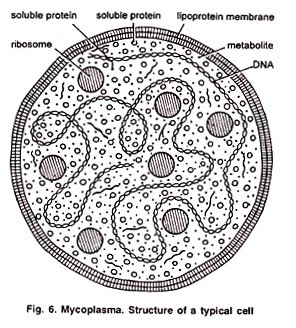
Characteristics of Mycoplasma
- Unicellular prokaryotic living organism.
- Cell wall absent. Plasmamembrane forms the outer boundary of the cells.
- Size: Very minute; .1 – .3 micro meter in diameter. In rare cases, it can reach about .9 micrometer.
- It is a bit larger than the biggest virus Vaccinea, but smaller than the smallest bacteria.
- Smallest mycoplasma: Mycoplasma laidlawii.
- Shape: Generally round. However, sometimes it may be pear-shaped, filamentous or branched.
- Nature: Heterotrophic, saprophytic, parasitic and sometimes free-living.
Internal structures
- 40 kinds of different enzymes are present in soluble protein particle.
- Single DNA duplex in cell. Lack histones.
Reproduction
- Binary fission: Figure
- Spore formation: Figure
Significance
- Pneumonia in human and cattle.
- Urinary tract infection in human and cattle.
 Plantlet The Blogging Platform of Department of Botany, University of Dhaka
Plantlet The Blogging Platform of Department of Botany, University of Dhaka
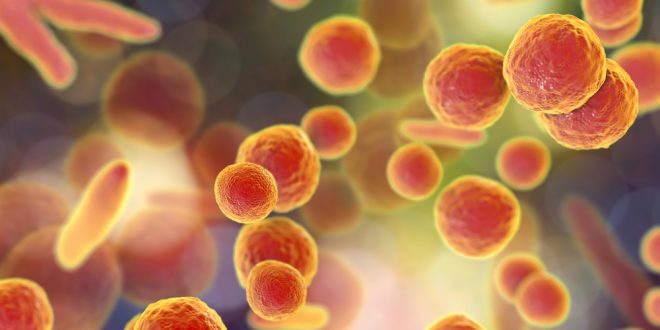


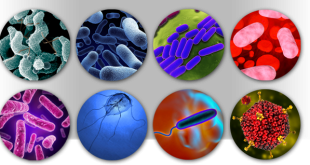
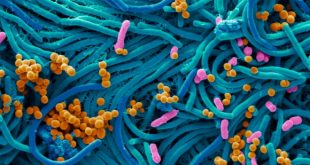
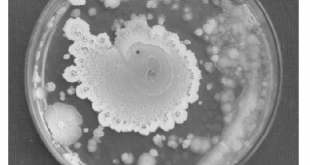
Good article.
Life cycle of Mycoplasma is necessary for this article.
Your point of view caught my eye and was very interesting. Thanks. I have a question for you.